












































































“Now is the time to fertilize,” Leonardich says. But she warns that anyone with plants with young, red shoots should wait, as fertilizer can damage them.
 BY TODD GUILD
BY TODD GUILD
Every summer, thousands of people flock to the Santa Cruz County Fairgrounds, packing the walkways on their way to exhibits, rides and food booths.
Tucked away amongst this delightful hubbub is the rose garden, which is curated and managed by the Monterey Bay Rose Society (MBRS).
With so much color, commotion and consumables demanding the
attention of fairgoers, the little garden is an easy-to-miss attraction.
But with benches for resting, a picnic table to enjoy fair fare and roughly 125 varieties of roses in a chromatic spectrum of color reared by master rosarians, it is a perfect place to find a brief respite.
“It’s a showplace,” says master rosarian and longtime MBRS member Janey Leonardich.
Around four decades ago, the garden was run by Watsonville Woman’s Club, whose members planted roses as tributes to family
members. But the members aged out, and eventually the untended garden became overgrown.
Finally, around 2009, fairgrounds officials announced they were going to remove it.
But the Rose Society, unwilling to lose this cornerstone of the rose community, stepped in.
“I said, ‘just a minute, let me call the board and see what they have to say,” Leonardich says. “They said, ‘no, we’ll take the garden.’”
For a first feeding, the organization recommends alfalfa without sorghum and worm castings. They also use triple-16 mixed with blood meal bone meal or fish meal, all of which are available at garden centers.
“Roses love to be fed,” Leonardich says. “You feed them once a month.”
To fertilize, Leonardich waters the soil, then sprinkles the fertilizer on, and then waters it in.
Using systemic chemicals is not recommended, and it can negatively affect the insects, and in turn hurt birds and other animals that eat them.
Gardeners bedeviled by gophers should invest in a gopher basket, Leonardich adds, as roots of the sweeter smelling plants taste best.
“The more fragrant the rose is, the more the gopher wants it.” she says.
For more tips, visit montereybayrosesociety.org.

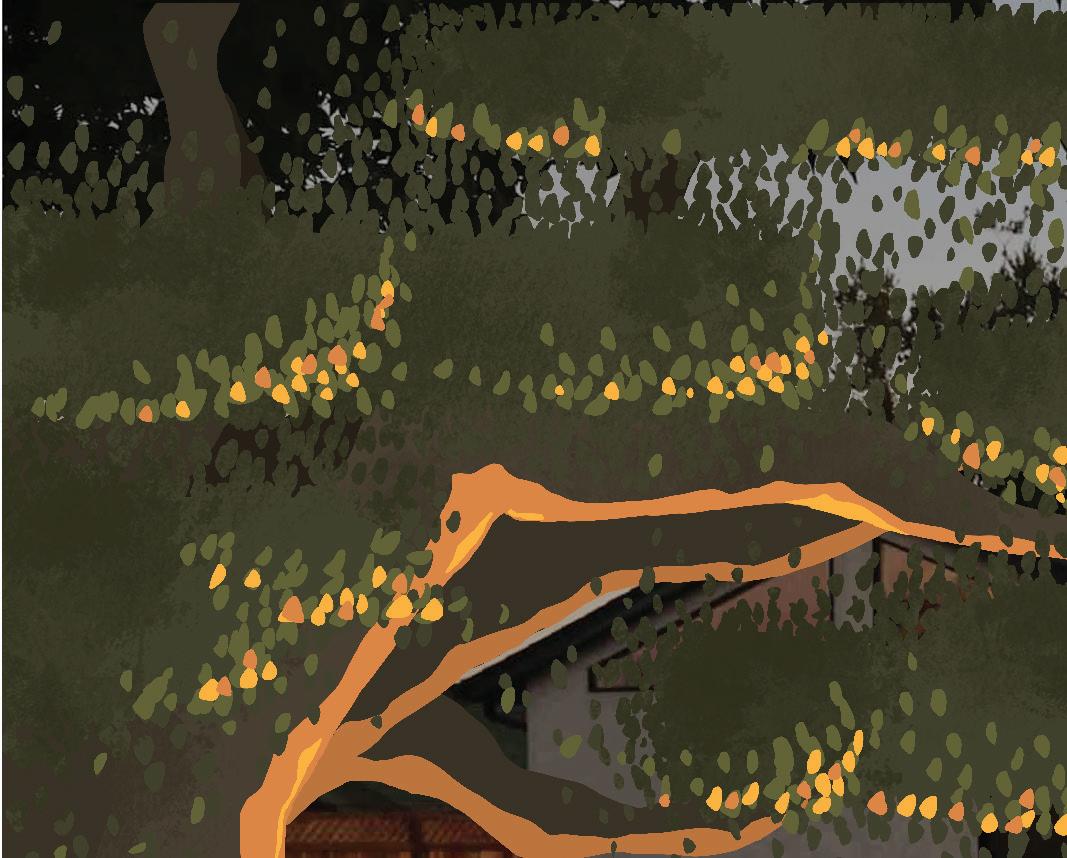

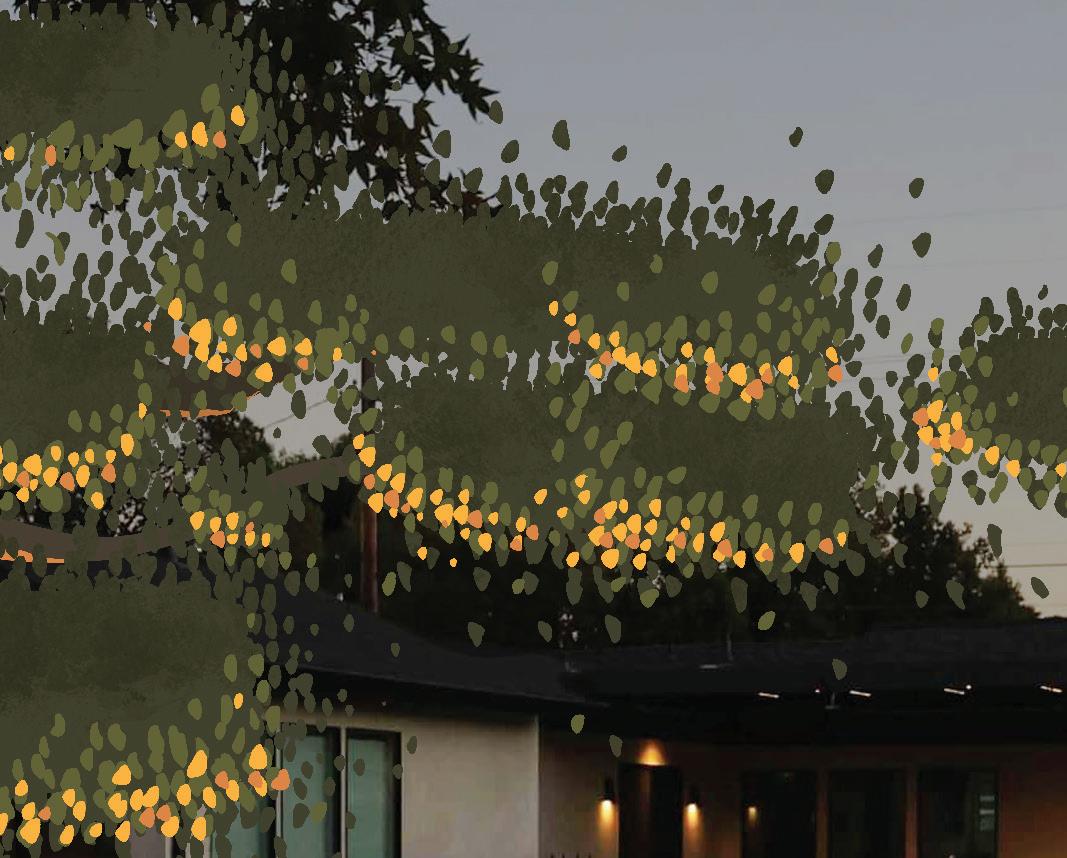



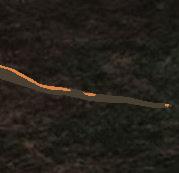

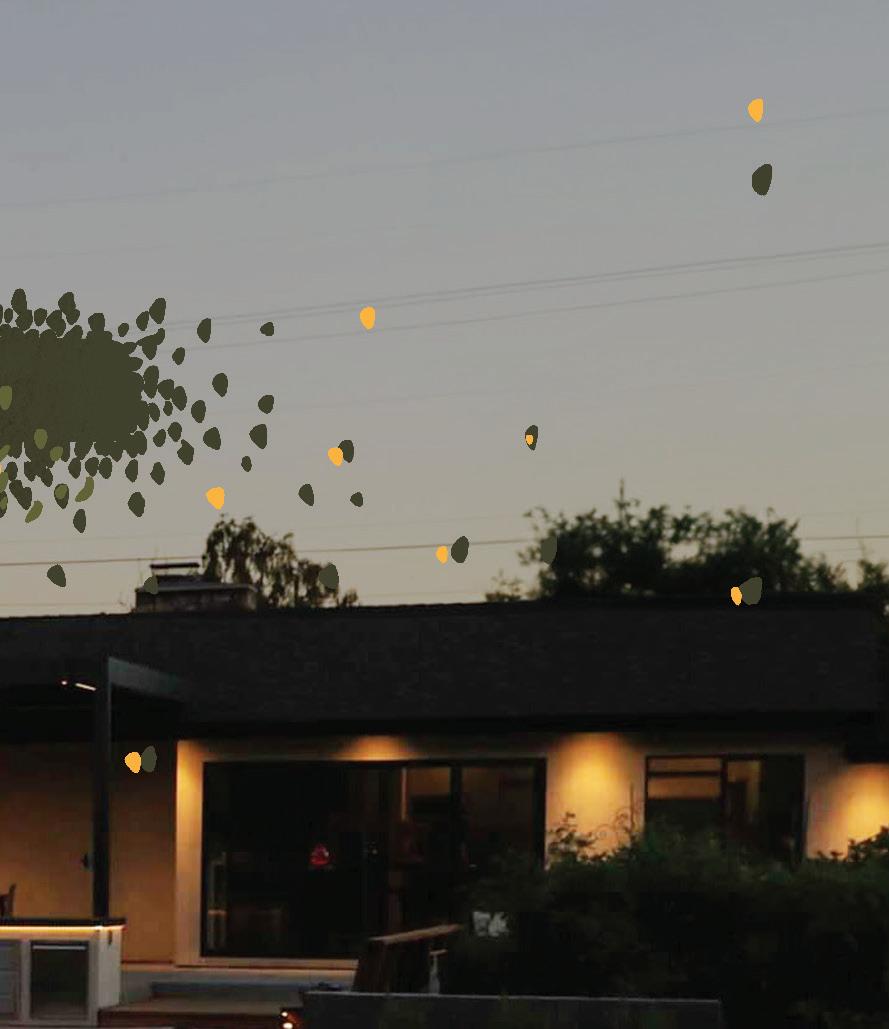



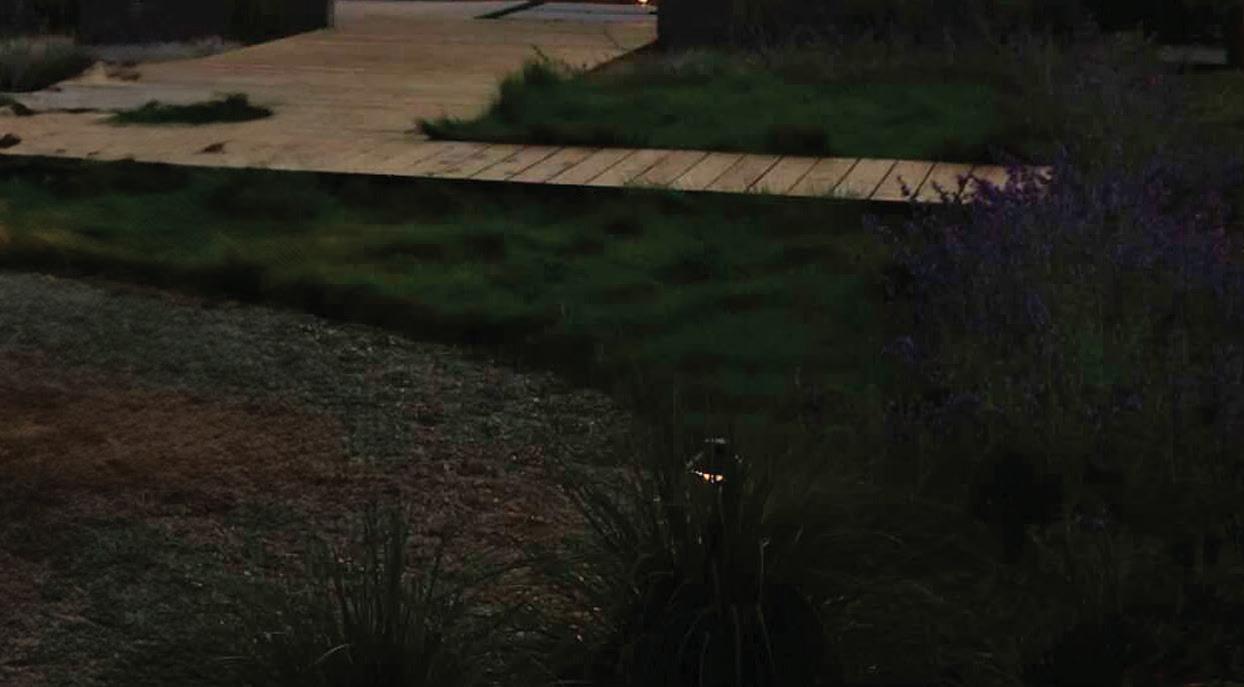
Water-friendly plants are seen in a Watsonville garden.

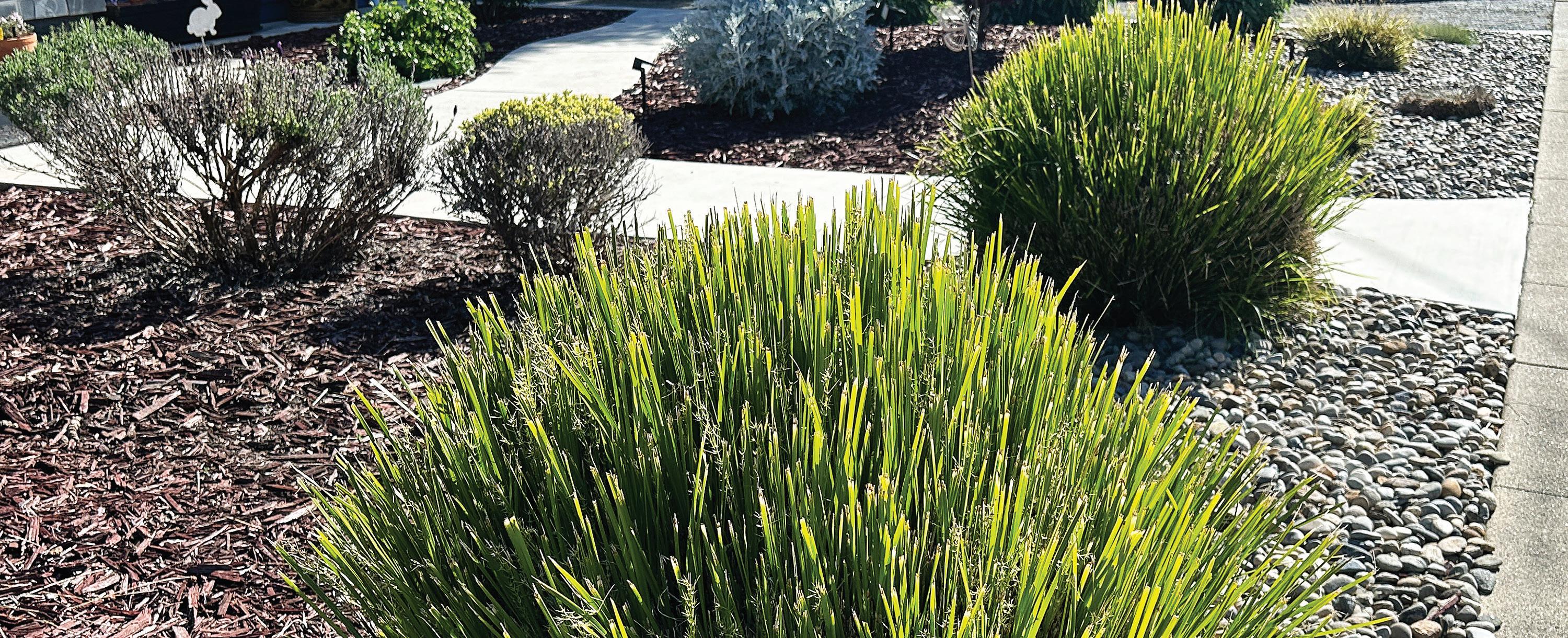


he perfect landscape may start with a healthy, lush lawn, but for interest and depth, you’ll also need to consider the plants that surround it. Thankfully, it’s easy to make considerable improvements to your backyard life using tips from professionals. Landscape designer Doug Scott has partnered with lawn care equipment manufacturer Exmark, to offer these tips for selecting and installing plants that will beautify your outdoor living areas.
• Choose plants well-suited for your specific growing conditions. Knowing your growing zone is important, however you should also be mindful how conditions like sun exposure can change as you move around your yard.
• Choose the right size plants for the space. Bear in mind that
what you’re planting today is much smaller than what it will be once it’s matured. Always read a plant’s care label to understand its optimal growing conditions and size at maturity.
• From a design perspective, think in terms of texture, layers and drifts. When addressing the overall texture of your planting beds, choose plants that vary in form, size, color and leaf structure. This will create greater interest, and a space that’s more visually appealing and enjoyable to spend time in. For a lush look, think in terms of layers when considering composition. Much like in a painting, you should have background, middle ground, and foreground layers. Your background layer should consist of taller evergreen shrubs to provide something alive and green to look at all year long, no matter what’s happening in front of them. Your middle ground layer should be lower than the background layer to
create interest, and is where you can add a contrasting evergreen shrub or pop of color with a perennial plant. Finally, your foreground layer should help transition the planting beds to your lawn space. You can accomplish this with smaller perennials, evergreens, annuals or creeping ground covers. When addressing drifts, read the plant labels to know how large they’ll grow. This can help ensure plants grow in together as they mature, but are not overcrowded.
1. Dig a hole that’s about two times the diameter of the pot your plant’s being transplanted form, and about the depth of the pot.
2. Mend in compost or soil conditioner to give your plant the organic material it needs to thrive. If you’d like, add slow-release fertilizer, and mix well.
3. Place your plant in the hole, making sure that it sits at, or just


above, the level it did in the pot.
4. Backfill with soil, stopping to add water when the hole is about halfway full.
5. Fill the rest of the hole with soil, then firmly press down.
6. Soak your plant with more water.
7. Finish by adding mulch, making sure it’s pulled away from the base of your plant.
Scott offers more insights in “How to Choose Plants for Landscaping,” a recent episode of “Done-in-a-Weekend Projects,” an original series from Exmark. To watch the video, visit Backyard Life, which is part of a unique multimedia destination with a focus on helping homeowners make the most of outdoor spaces.
“Now that you have the inspiration and know-how needed to choose and install plant material, you can create landscaping that reflects who you are and how you’d like to live outside,” says Scott.
—From Statepoint Media
















































Gardening season is upon us, beckoning with the anticipation of flourishing plants, the vibrant hues of blooming flowers, and bountiful harvests. It's an exhilarating journey for plant enthusiasts of all ages and gardening levels.
But what happens when your vision of a blossoming garden or landscape doesn't quite turn out the way you thought? While encountering challenges in your garden is all part of the adventure, the experts at Ball Horticultural Company can provide guidance to address some of your most frustrating gardening problems and set you up for season-long success:
• Problem: Subpar plant performance
• Solution: Elevate your garden with next-gen floral upgrades
Innovation has transformed some plant varieties to grow and perform better than ever before. For example, the Petchoa Caliburst Yellow takes the best colors from calibrachoa and delivers them in the flower size and durability of petunias. The sunny yellow color looks great in spring and lasts all summer. If you're looking for a better perennial, consider the Echinacea Double Scoop Deluxe with better flower coverage that makes a bold statement in your cottage garden designs. Finally, Salvia Blue By You is an award-winning, pollinator-friendly plant that blooms earlier than other salvia with multiple flushes of new flowers until autumn frost.
• Problem: Short-lived blooms
• Solution: Flower varieties that thrive
Extend the season with the
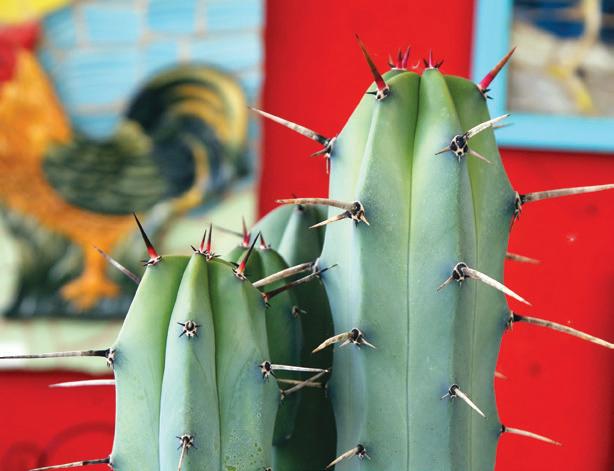
SUCCULENT

WHIMSICAL
tropical colors of PassionFruit Lantana, ensuring continuous blooming. This trailing plant has abundant multicolored flowers and dark green foliage, ideal for hanging baskets. It's also highly attractive to butterflies! Another option for blooms that can last from frost to frost is the Dianthus Capitán. With eye-catching bicolor double blooms, this plant is a stunner, plus it's prized for its fragrance.
• Problem: Dull flower hues
• Solution: Infuse vibrancy with mixes that matter Explore new color combinations that brighten your outdoor oasis all season long, like Sweet Taffy Mix Easy Wave Petunia, perfect for sunny spots in your garden with its bright yellow and pink colors. Another option is to seek out mixes that offer unique
flower patterns and textures, like the SweetSunshine Magenta Sky Petunia, which showcases white and purple blooms that beautifully complement lush green foliage. And for when you just can't choose one or two colors, consider tri-colored options like the new Beacon Pearl Island Mix impatiens.
• Problem: Vegetable harvests that disappoint
• Solution: Select highproducing, versatile plants Look for vegetable plants that are fun and flavorful. Some of the latest vegetables are a feast for the eyes and exciting to grow, like the Kitchen Minis Quick Snack Cucumber. This cute potted plant can grow in a windowsill, making it ideal for small homes or apartments. For those with more space, check out the Tomato Love Sunrise from Burpee Home Gardens. This juicy beefsteak tomato produces fruit in beautiful flaming colors when ripe, and kitchen gardeners will love its unique heart shape.
Gardening isn't just a hobbyit's a rewarding, healthy pursuit for everyone. Embrace these expert tips from Ball to cut the frustration and unlock the full potential of your garden, from blossoms to bounties.
—From Statepoint Media































































&

Watsonville Wetlands Watch annual native plant sale
May 4 from 9am-1pm
Fitz Wetlands Educational Resource Center, Pajaro Valley High School located at 500 Harkins Slough Road
The sale will feature native and drought tolerant plants, grown by interns, volunteers, and staff, that attract birds, bees, and butterflies and help save water.
Hundreds of plants spanning dozens of species will be available for purchase.
Guests can also tour an on-site native plant demonstration garden. For information, visit watsonvillewetlandswatch.org.
May 11, from 10am-4pm
Tickets are $15, $10 for seniors-purchase at the Aromas Grange on the day of tour

Soon, a fairgrounds official approached her with good news.
“He said, ‘the garden’s yours, and next year, it better be in bloom,’” she says. “We said, ‘Oh, no problem,’”
And so the work began.
Volunteers ripped out dozens of non-viable plants, and then scoured local nurseries to ask for donated roses.
They planted 50 new plants, and yes–the roses bloomed for the annual fair. And fairgrounds officials came back to them, amazed they had pulled it off.
“I say, ‘well, there’s 20 of us,’” Leonardich says.
Soon, the garden became a centerpiece at the Western Fair Association, which oversees fairs in 13 states, she says.
Since that time, the garden has evolved well beyond the showpiece it was made to be. The MBRS also uses it as a springboard to help aspiring rose growers get started, and experienced ones hone their skills.
“It’s about educating people,” says member and consulting rosarian Jim Sauvé . “A lot of people think it’s difficult to grow roses. Let me tell you, if I can do it, anybody can do it.”
The group holds workshops on such topics as soils, pruning, pesticide, integrated pest management, planting and growing.
The annual fundraiser is a perfect way to spend the day.
Stroll through seven unique gardens throughout Aromas.
The self-guided tour begins by purchasing a booklet at the
Aromas Community Grange at 361 Rose Ave. in Aromas Participants are advised to arrive by 10 to be able to take in all the gardens.





2800 Daubenbiss Avenue, Soquel 831.476.8780 | Interior vision.biz







Come visit our newly remodeled showroom with over 3,000 sq. ft. of amazing products.
Interior Vision features Graber Custom Draperies and Roman Shades.

Let us assist you from concept to completion.
Property managers, contractors, residential, realtors, commercial, welcome!
Come visit our newly remodeled showroom with over 3,000 sq. ft. of amazing products. Let us assist you from concept to completion.


